Everyone living in the Midwest knows what the somber howl spreading across the fields brings upon them.
The sound raises and lowers as a green-yellowish sky and stillness fill the air. These are clear signs of a tornado is coming and you would better be prepared for what’s about to unfold.
As spring comes to an end, the inevitable storms causing tornadoes will come into play. This happens all across the Midwest and beyond. The total destruction and wreckage caused by a tornado looks more like a war zone rather than the aftermath of a weather event. A tornado can wipe out an entire town in minutes before disappearing into the clouds. Seeing the destructive power such a hyper-violent storm can cause, it’s important to understand and prepare for twister terror.
To better prepare and survive a tornado, follow these suggestions:
1. Build and maintain a shelter
This is the most important step you can make to ensure the survival of your family. For some folks, a storm shelter can be a basement or a cellar connected to their house. Others will go for a dedicated structure designed for extreme weather and man-made events. While the second option may sound expensive, you should know that making your own shelter is the best alternative to commercial tornado survival solutions. With a little patience and the proper tools, you can build a storm shelter for no more than $400.
If neither of these solutions are available for your family, you should at least know the location of the nearest shelter. Alternatively, you can try to retrofit a room from your house and exterior structures. Hopefully, all the reinforcements and changes you are bringing to said location will withstand the power of a tornado.
2. Learn to assemble and use an emergency kit
I’ve been stressing this for years, you need to have an emergency kit, no matter how safe or how strong your bubble is (the “it won’t happen to me” people). Even having basic items is better than having nothing at all. Think about a serious flashlight for your kit, an emergency hand-cranked radio, non-perishable food, blankets, dry clothes and any medication you or your family members might need.
Any other piece of equipment you put in your emergency kit should be put to the test first. Some people build a disaster tool kit (for clean-up and repair jobs), but they have no clue how to use the tools, or even worse, they don’t have a backup plan to power them. Every single item in your emergency kit should have no secrets, and you should be able to use it properly when the time comes.
3. Have an emergency plan
Developing an emergency plan is a must for every prepared family. This becomes critical for children since a tornado is a horrifying and traumatic event for them. In the Midwest, most schools (if not all at this point) have tornado drills. These drills structures are the perfect starting point from which to expand and make your own, customized emergency plan.
4. Learn to identify the warning signs
Every afternoon thunderstorm developing in your area should make you listen to and watch the weather. One of the oddest and common characteristics of tornado formation is the color of the sky. People from the Midwest will often say “that’s tornado sky right there” and they’ve been using this tell-tale sign for decades. It is not an exact science, but a pale green sky has been associated with tornadoes since the old days.
Click here to get your guide to a layered survival defense!
Top that with an odd stillness in the air, and you can be pretty sure a tornado may form. Besides these indicators, low-flying signs and hail are also the things you should watch for.
5. Develop a three contact list
A phone three of important contacts is important to have, to make sure you get in touch with everyone if a tornado hits. You should be able to reach with friends and family, and figure out if everyone is safe. You won’t have time to account for every one of importance to you when the tornado hits.
The (National Weather Service (NWS) states that the average lead time for a tornado warning is 13 minutes. That being the case, you should have some time to at least contact your loved ones.
6. Seek shelter and never disregard a warning
When a tornado warning is announced, you should reach your shelter as fast as possible. Stop whatever you are doing and head for safety. There’s no such thing as “we still have time till it reaches us” and other stupid braveries. If you don’t have a shelter available and the building you are in has no basement, go for the small rooms in the center of the structure. Also, bathrooms are recommended location since the presence of a tub allows you to lay down in a protective shell. Whatever room you pick, make sure you stay low and cover yourself.
People on the road, falsely believe that their cars are safe when a tornado is imminent. Rather than sitting in your care and wait to see if you get hit or not, exit the vehicle and head for lowest areas possible. In this case, a ditch or draining areas are much safer than your car.
7. Protect yourself and others from flying debris
Flying debris are certain to become a deadly problem when a tornado is heading your way. If you don’t have proper shelter and you seek refuge in one of the rooms of your home, you should protect yourself using mattresses and heavy blankets.
Don’t ignore this since every item quickly becomes airborne during a tornado. While papers and other light materials will not harm you, bricks, trees, and glass, will cause serious body traumas or worse. I recommend wearing a motorcycle or football helmet if there’s one available.
8. Turn off all utilities
Before heading towards the shelter, make sure you turn off all utilities to avoid further danger following a passing tornado. To have peace of mind, it is recommended to install automatic shut-off valves for your gas line.
9. Stay in your shelter
Curiosity and temptation are two of your worst enemies when a tornado hits. You will want to see what’s going on and check if the path is clear. Don’t put yourself and everyone at risk for nothing. You should stay inside the shelter until an all-clear has been sounded. Remember that bad weather can cause multiple tornadoes.
10. Don’t play with fire
Don’t light a flame and use a flashlight if you need light. Most often, tornadoes will rip gas lines apart. This allows for small areas in your home to be filled with natural gas. Fire and explosions dangers following a tornado are real. Be smart about lighting when you build your emergency kit. Matches should be left aside for your camping trips.
11. Exit your shelter carefully
Pay attention when you exit your tornado shelter since debris can land anywhere. Power lines will be everywhere and will kill the unaware survivor. There could be all sorts of dangers waiting for your outside, and you need to handle them carefully. Pay attention to anything from scarred animals to panicked neighbors.
12. Check all your family members
Make sure you check your family members from head to toe for injury before doing anything else. Scared people may not realize they have been injured. This is a common thing during a high-stress event, and you shouldn’t take their word for it when they say “I’m fine.”
13. Help the injured
If there are injured people requiring your assistance, may they be family members or neighbors, make sure you know what you are doing before giving a helping hand. Don’t move severely injured people unless it’s absolutely necessary. If the medical emergency is beyond your knowledge or skill, notify emergency services to get professional help. Learning how to stop a bleeding wound and stabilizing a patient in shock should be minimal medical aid training for all preparedness likeminded people.
14. Avoid entering a damaged building
If you are not an architectural engineer or a constructor, spotting structural damage can be tricky. For the untrained eye, a barely standing structure may be safe to be inhabited. This can be very dangerous, and you should never enter a building until it has been deemed safe to do so. Don’t rush in trying to salvage whatever you can because you may not have the chance to come back out.
15. Avoid standing water
While the downed power lines can be hidden by standing water, that’s not the only thing you have to worry about. Most often, damage and flooding in the sewer system will contaminate the water remaining after a tornado. Avoid standing pockets of water and don’t use the water for cleaning or other chores. You can get very ill from water contaminated with human waste or chemical substances.
16. Mark your house and area
This may not seem important for the residents, but for the rescue workers, this is a much needed helping hand. Those who have experienced tornadoes have learned that marking your house number and street with spray paint becomes necessary. All landmark and street sign associated with your neighborhood will be gone when a tornado hits. Providing a reference to your location is really helpful for rescue workers.
17. Use cell phones cautiously
In certain areas, circuits will be overloaded. Every people affected by a tornado will be calling someone, and the network may not be able to hold such flux. Contact your family members to be sure they are ok and don’t stay on the phone too much. Limit your phone usage to save battery, but also to help others waiting on the line.
18. Wear sturdy equipment when exploring the area
I have a disaster tool kit built specifically for weather/natural disasters. Besides the tools and gear I would need for repair jobs or the long clean-up, I’m always packing one pair of sturdy boots to protect my feet from broken glass, exposed steel bars and what not. To protect your body, I recommend also packing long sleeve shirts and a pair of sturdy pants (the no-puncture type).
19. Check your home
While you will need professional assistance to check the structural integrity of your home, you can spot the obvious dangers on your own. Since chimneys and roofs are particularly susceptible to damage during a weather disaster, those should be checked first. Large cracks in the walls or sustaining beams or poles should also encourage you to ask for a second opinion. You know your home, and everything that is out of place (if visible of course) will provide a good indicator if your home is safe or not.
This is why conventional survival defense won’t work!
Taking photos before an approaching tornado, will not only help you identify what is missing or has been destroyed (for insurance purposes), but it will also help you spot easier the damage done to the structure.
20. Tune in
Monitor emergency radio frequencies to stay updated on what’s going on outside of your visual area. You will obtain information on rescue effort and weather condition. Just because it’s over in your region, that doesn’t mean there’s no chance for another tornado to form. Even more, things might be worse in other regions, and emergency rescue efforts will mostly be concentrated in those areas. You will have to make do with what you know and what you can put to use until help arrives.
A closing word
In the U.S. we have the highest incidence of tornadoes in the world. Tornadoes are natural disasters forming every year from coast to coast. These are real threats and you need to be prepared if you want to survive a killer storm. Those who have experienced a tornado first hand will describe the event as a screaming locomotive engulfed in light and flying debris hitting your house with incredible power. A tornado can reach as much as 2.5 miles wide with winds reaching over 300mph. There’s no escaping it if you are not prepared!





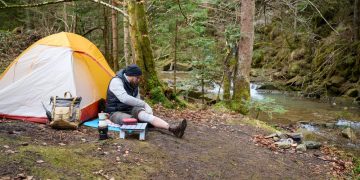

















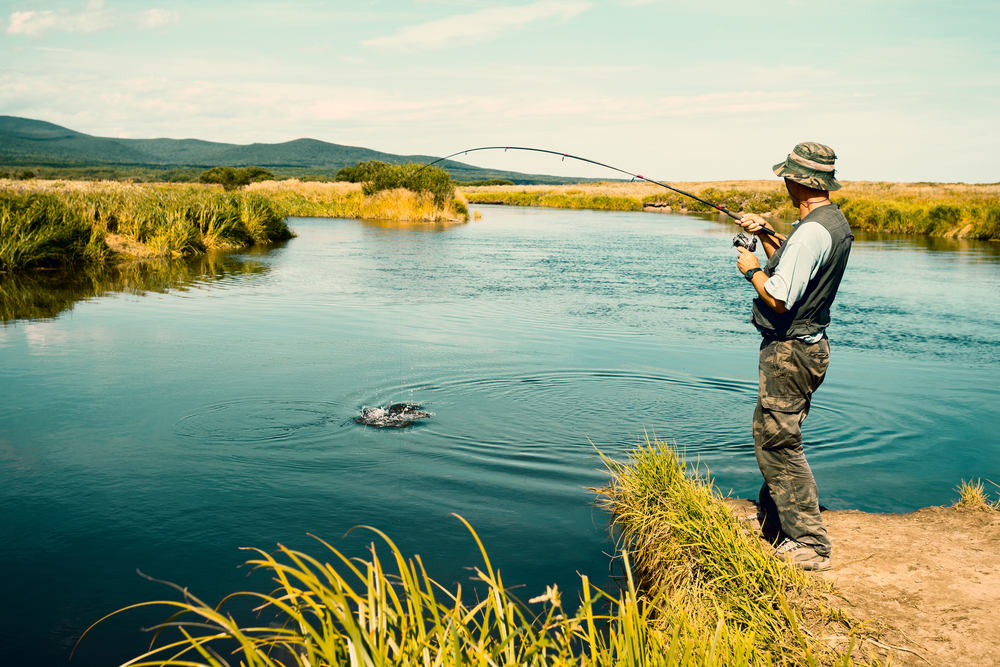



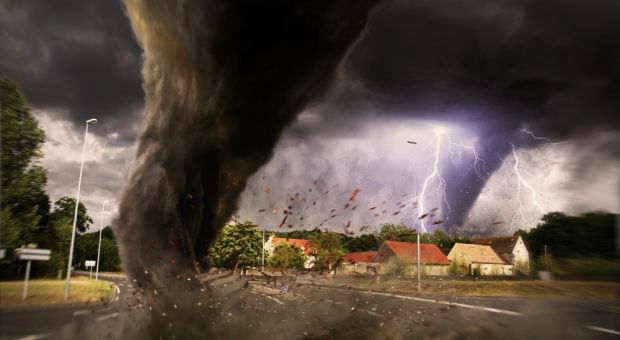





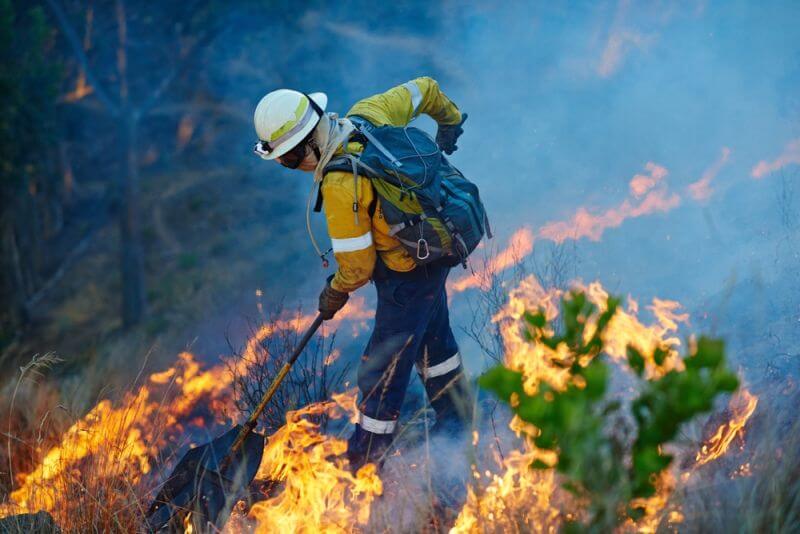


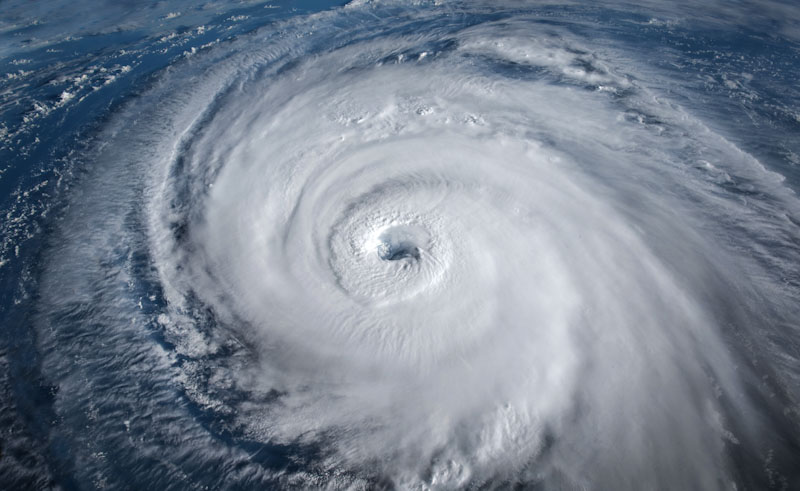


















































We lose a few people during tornado season every year – looking for their pets they are trying to save from the storm >>>> when it gets bad – find the cat and unchain the dog from the yard – one less thing to do when the funnel is bearing down on you …
In an unprotected emergency, pull your mattress into the bathroom, lie down in the bathtub, pull the mattress over you, and hang on tight. The bathroom walls provide some protection, though not much. The tub and mattress block debris and wind.
Many people survived the April 27 multi-tornado disaster doing this.
Get a weather radio. Most tornado fatalities occur at night.
Fantastic article that points preparedness goes far in any disaster… I would suggest getting a demonstration from your utility companies to show you exactly how to turn of your main power supply (pull meters) / Water Main Cutoff / and Gas Main Cutoff. I believe that these severe storms are only going to get worse and that we must adapt to the coming changes. Respectfully, The BreakAway Homesteader…